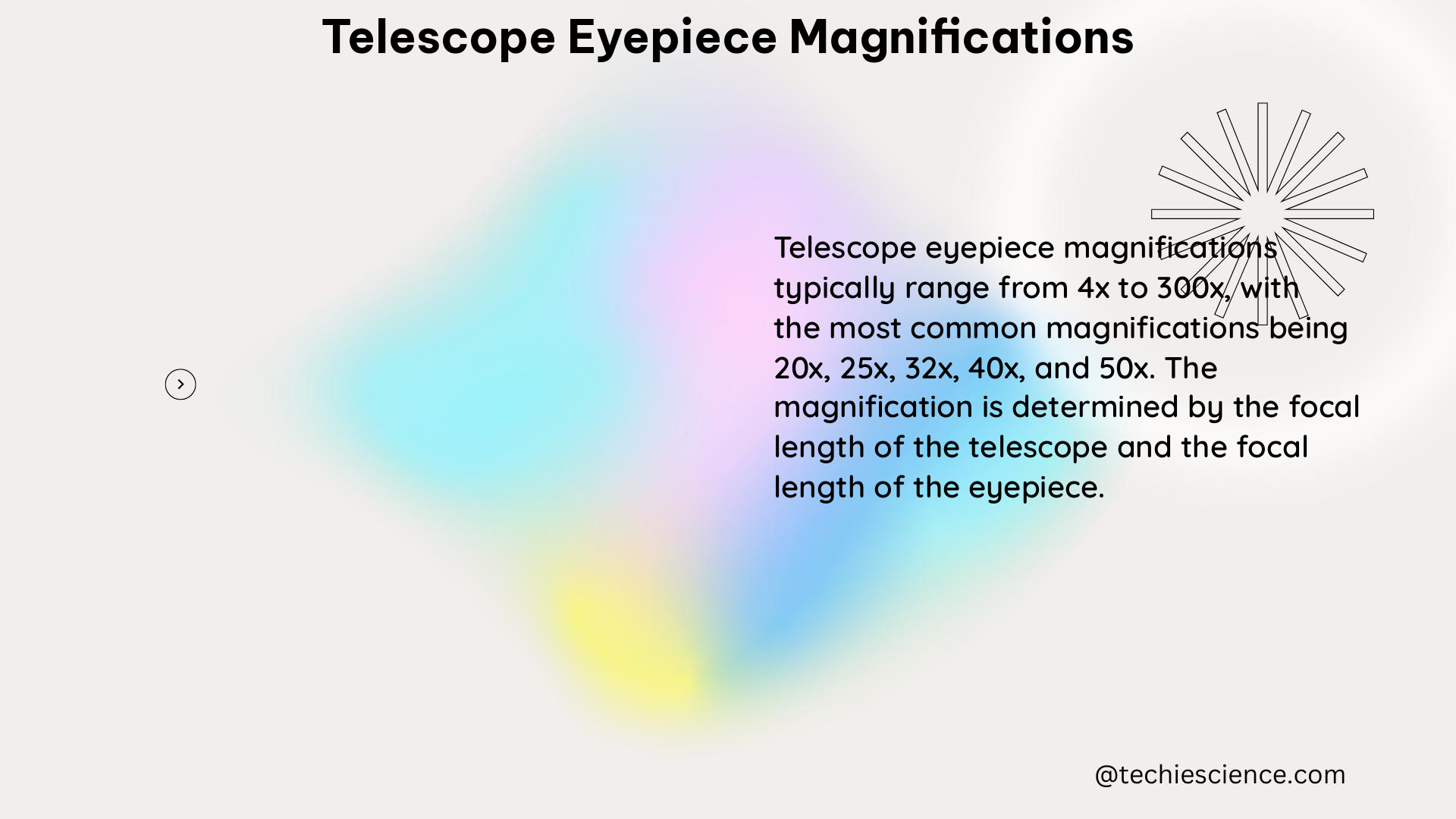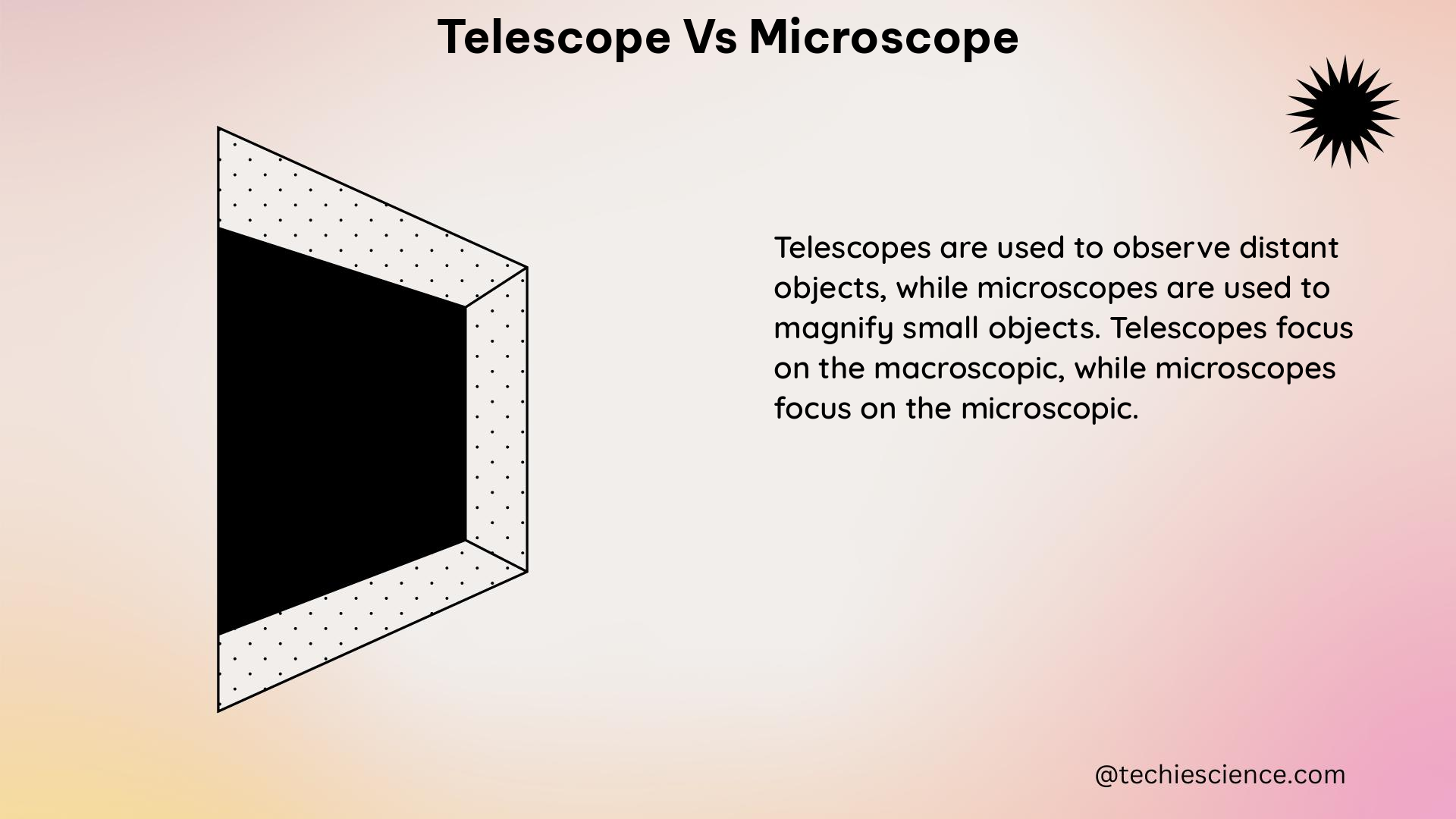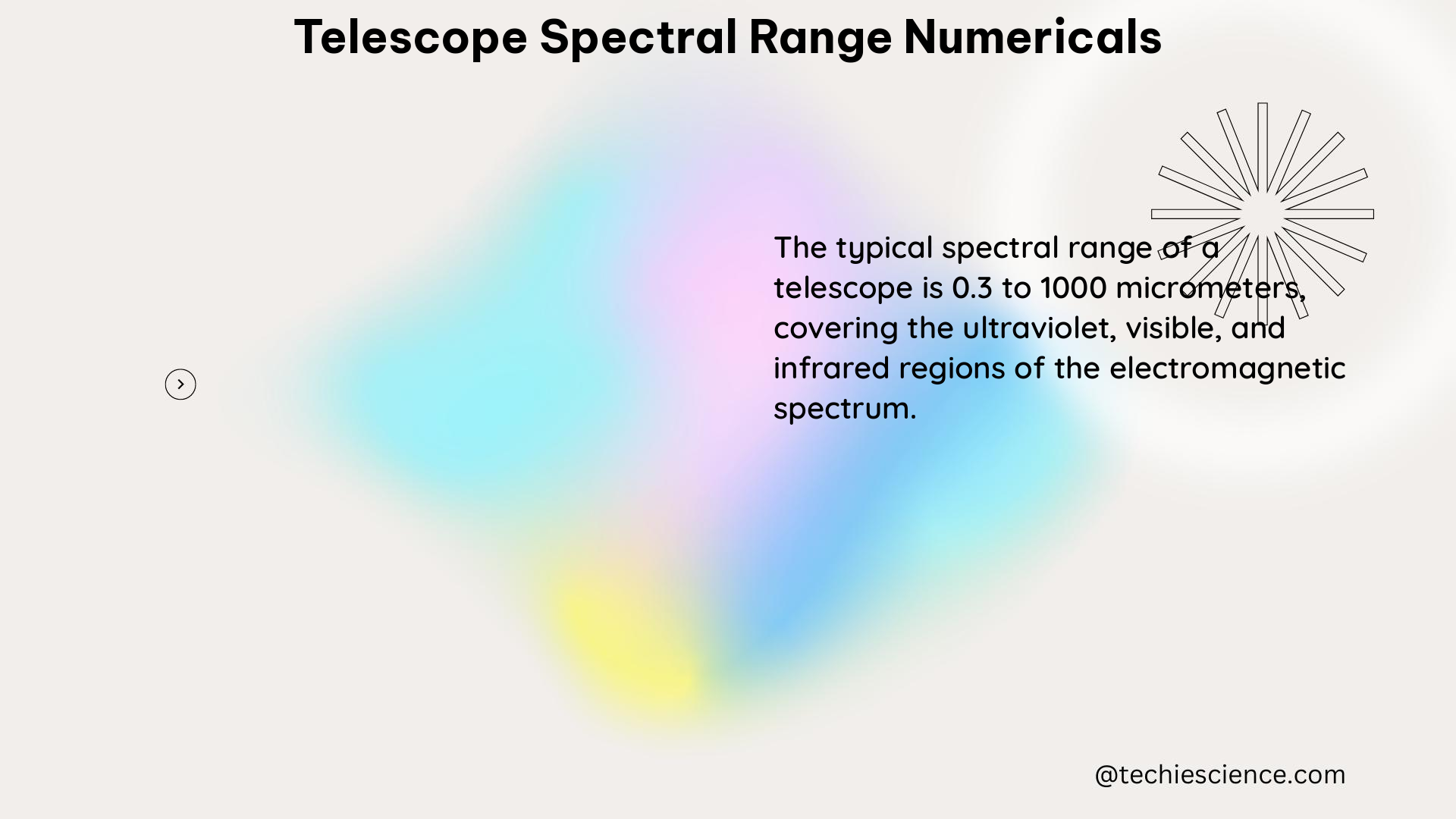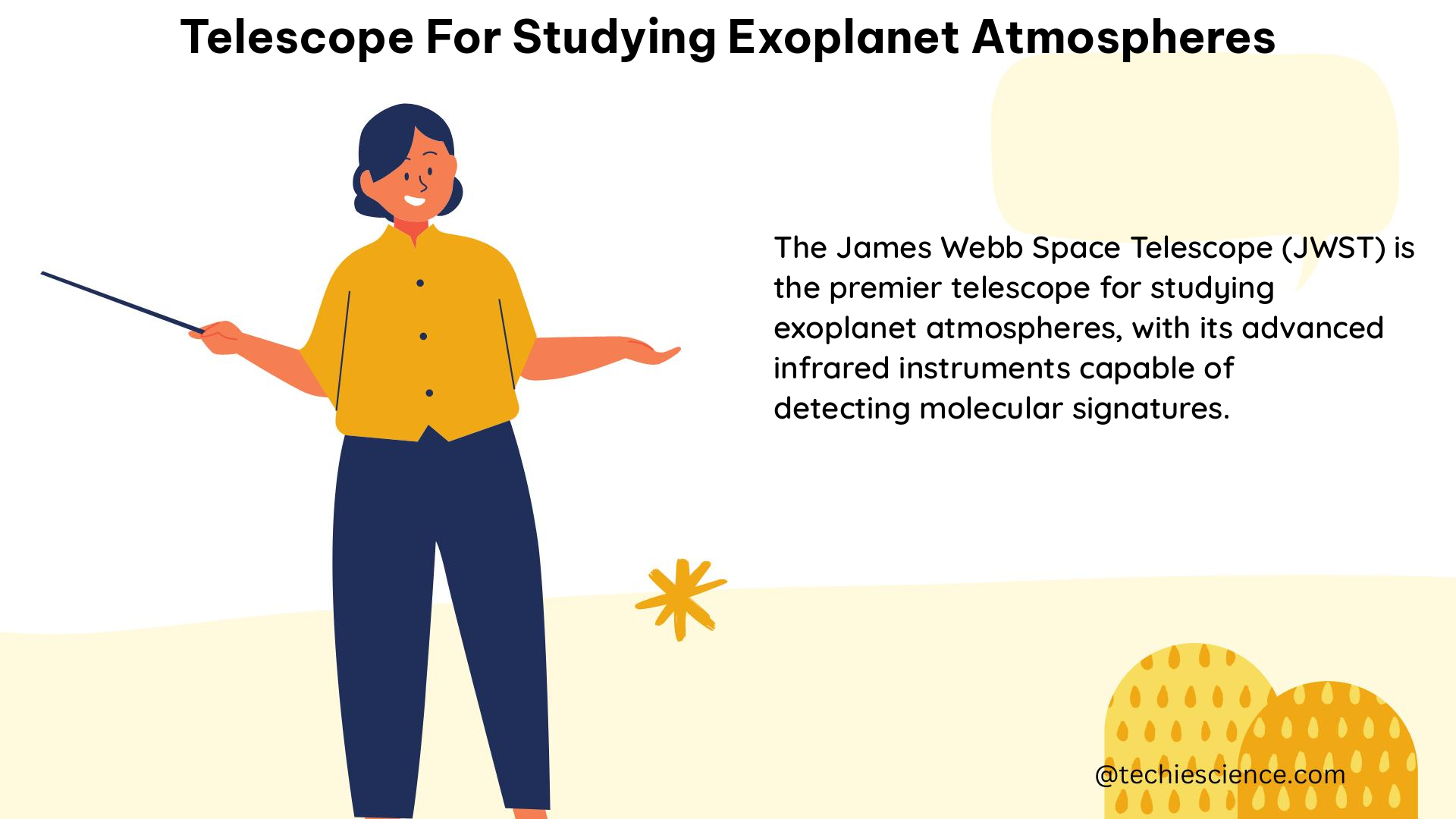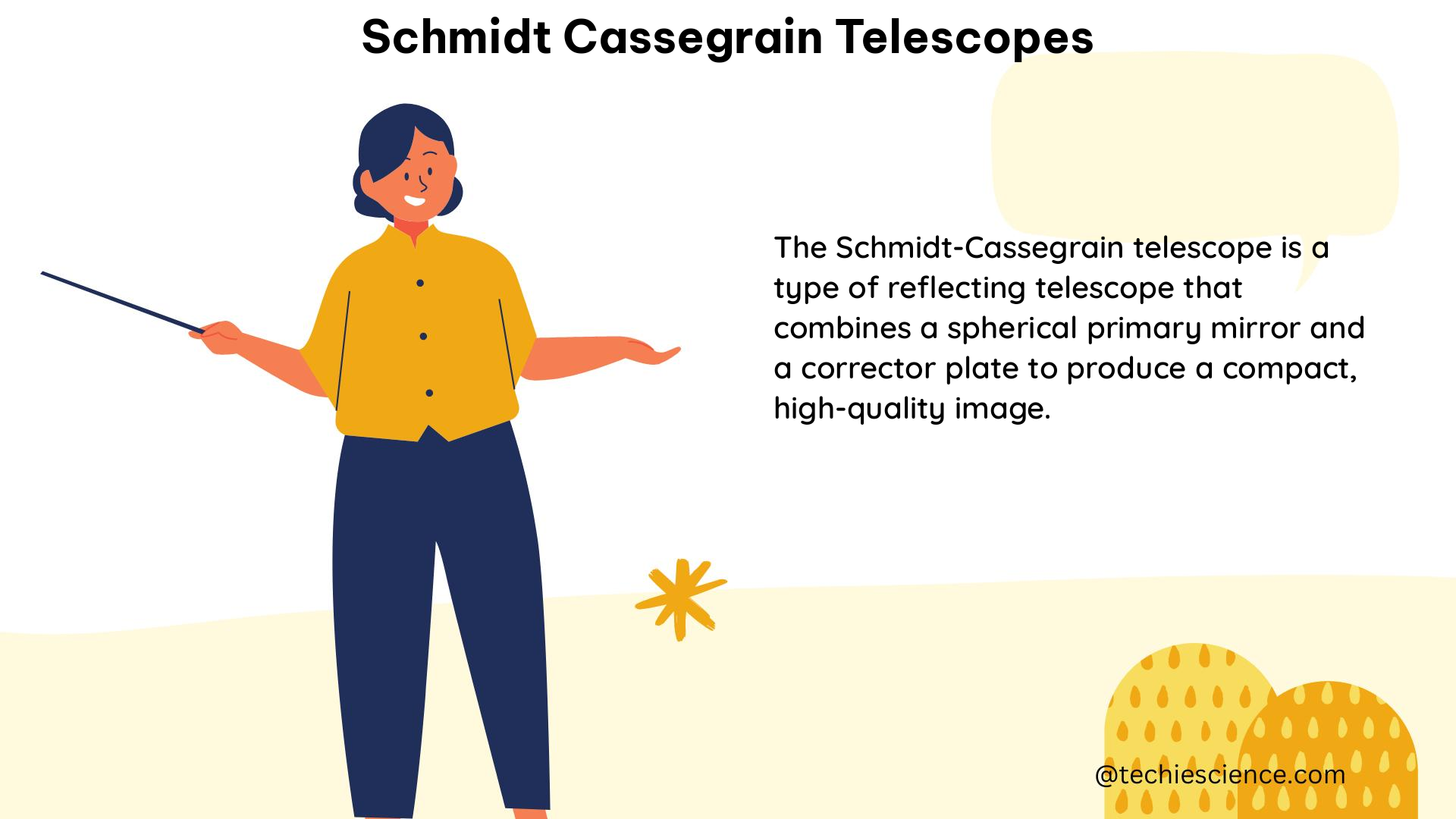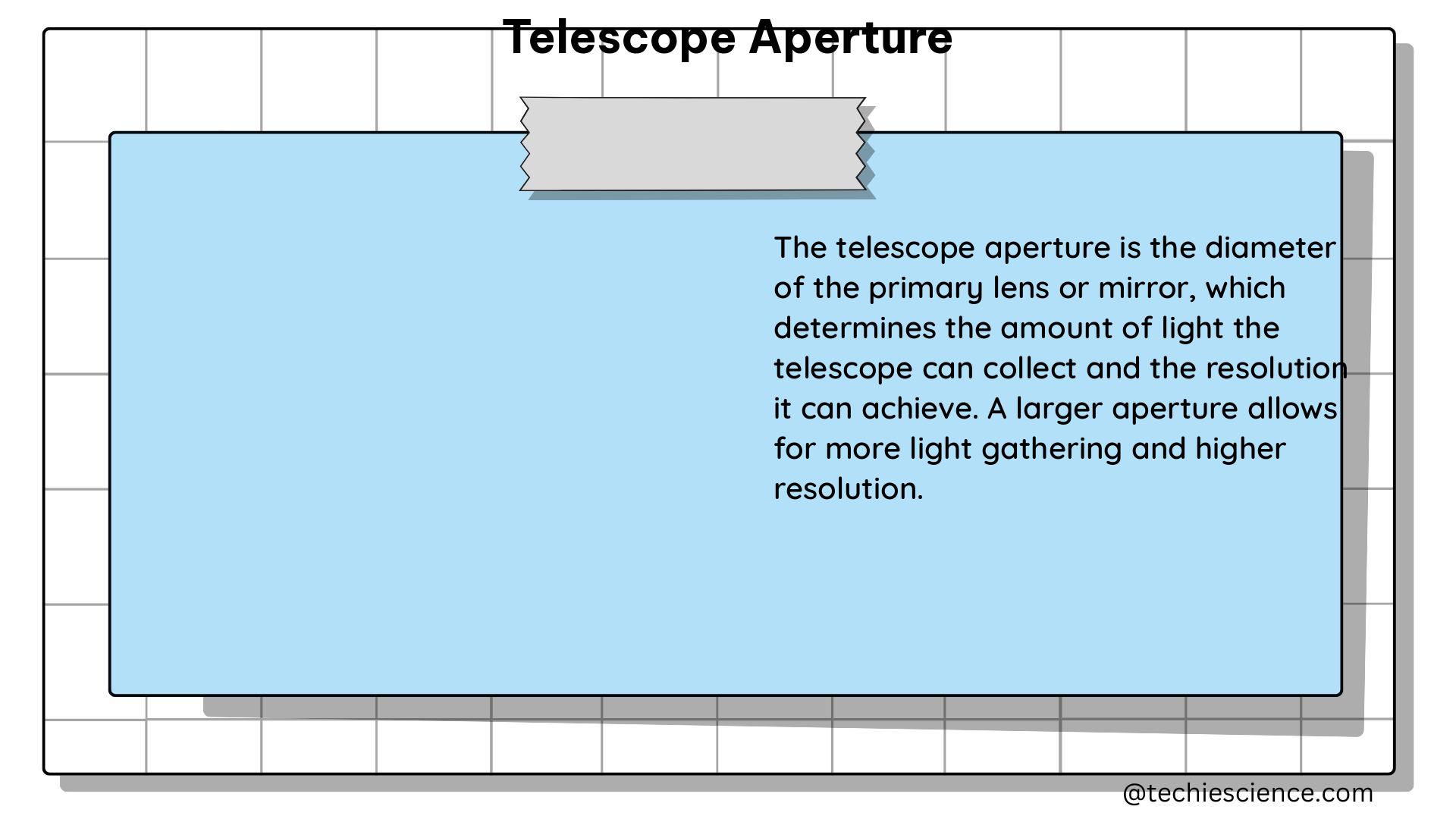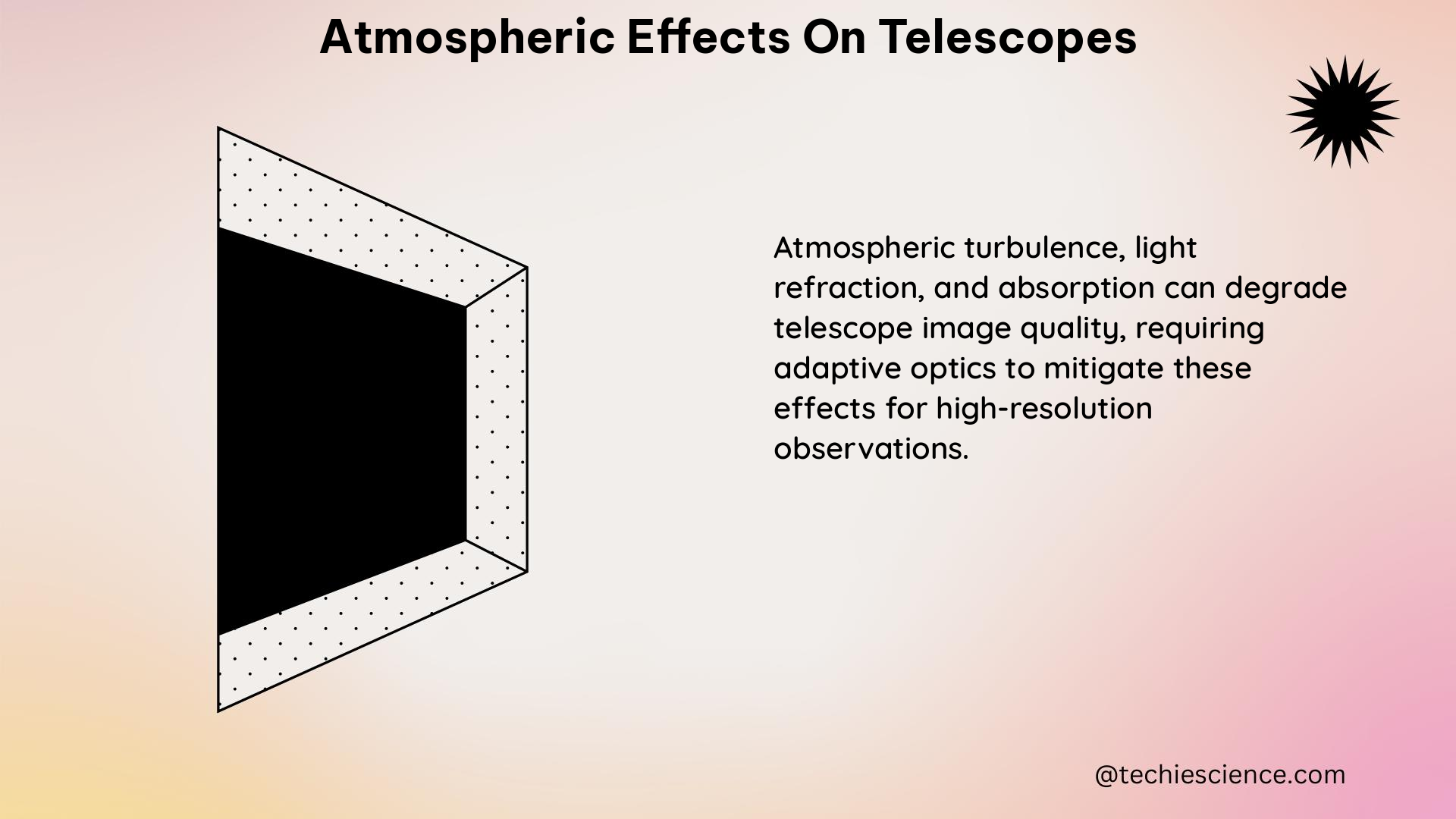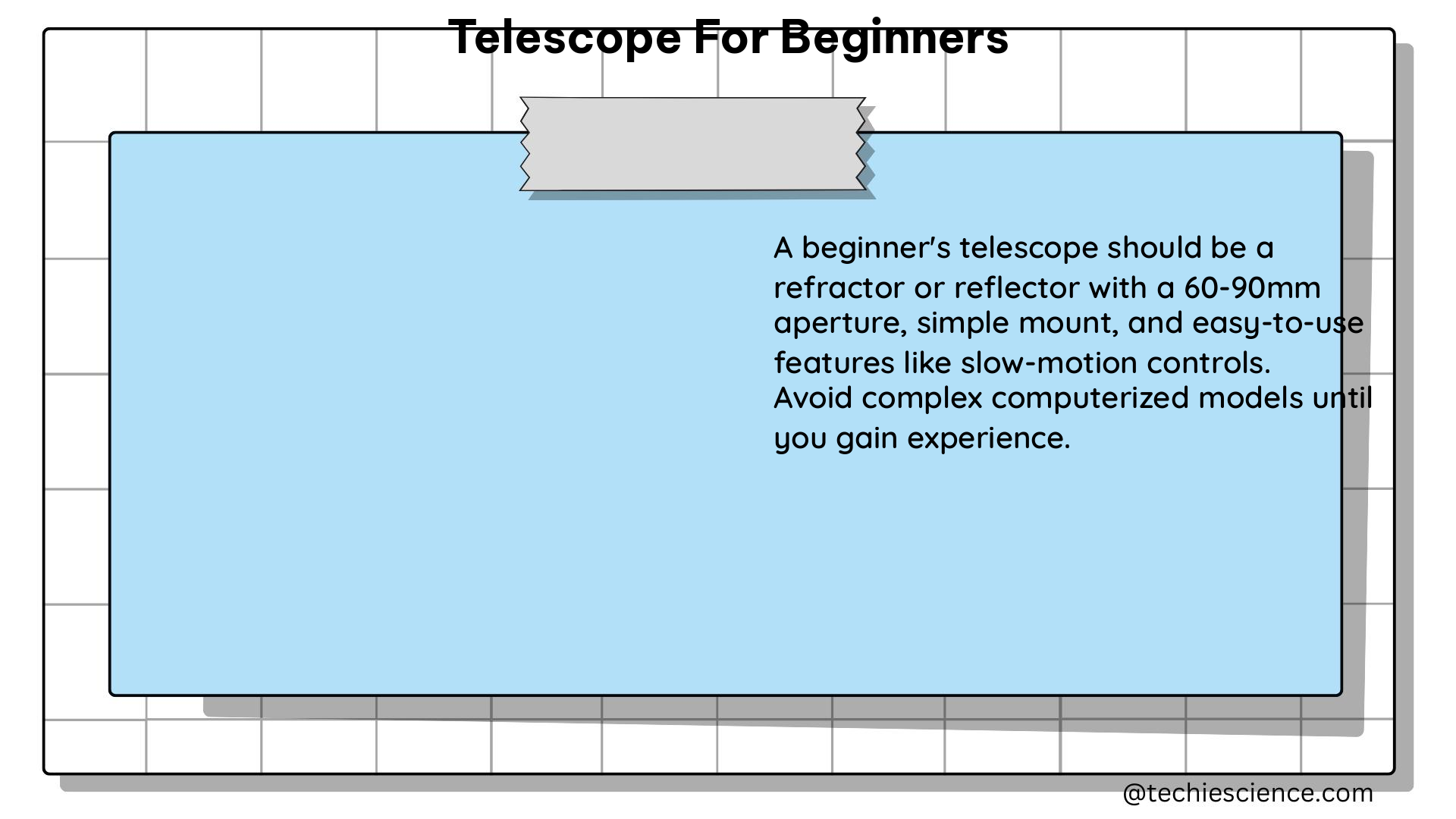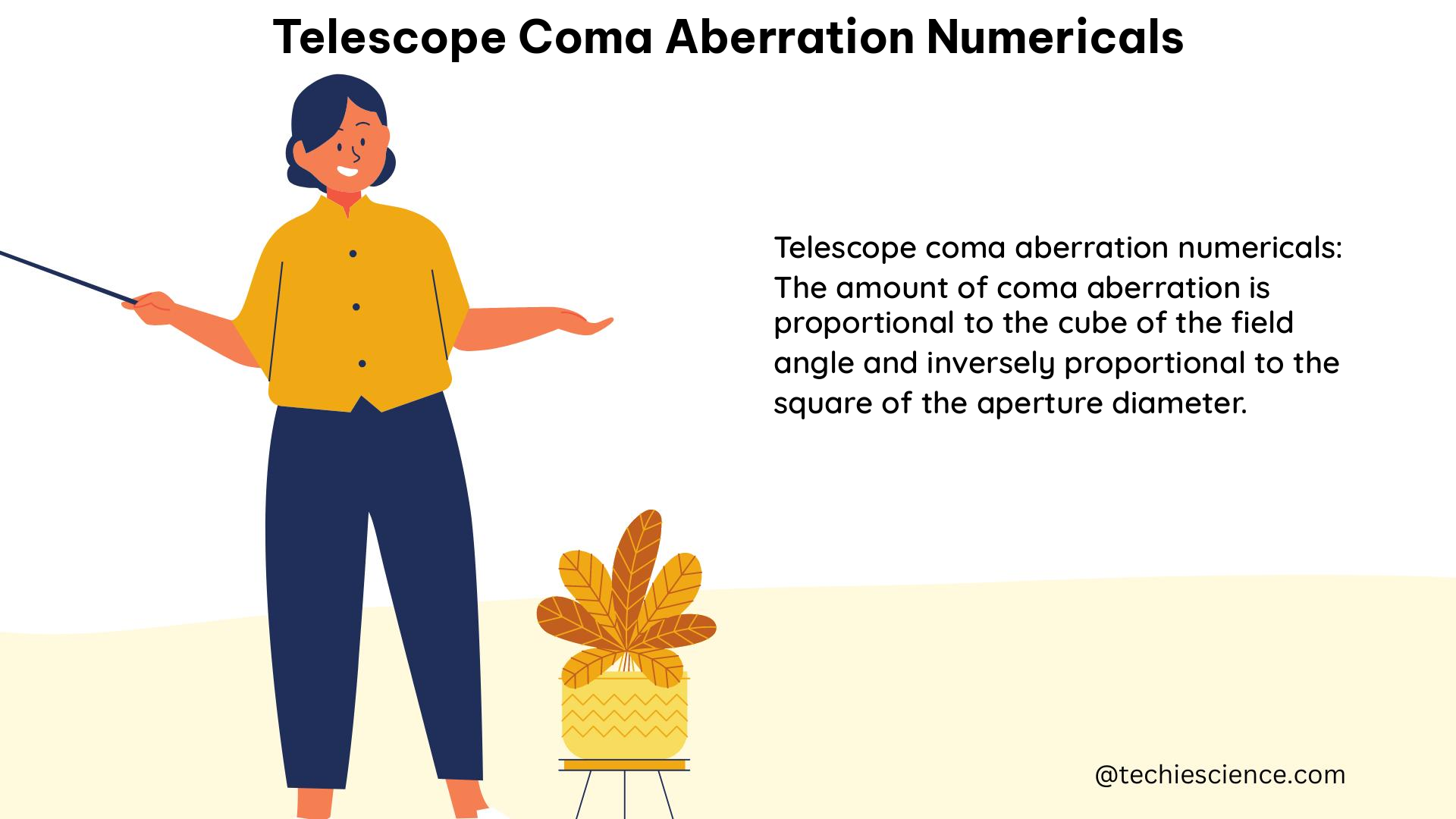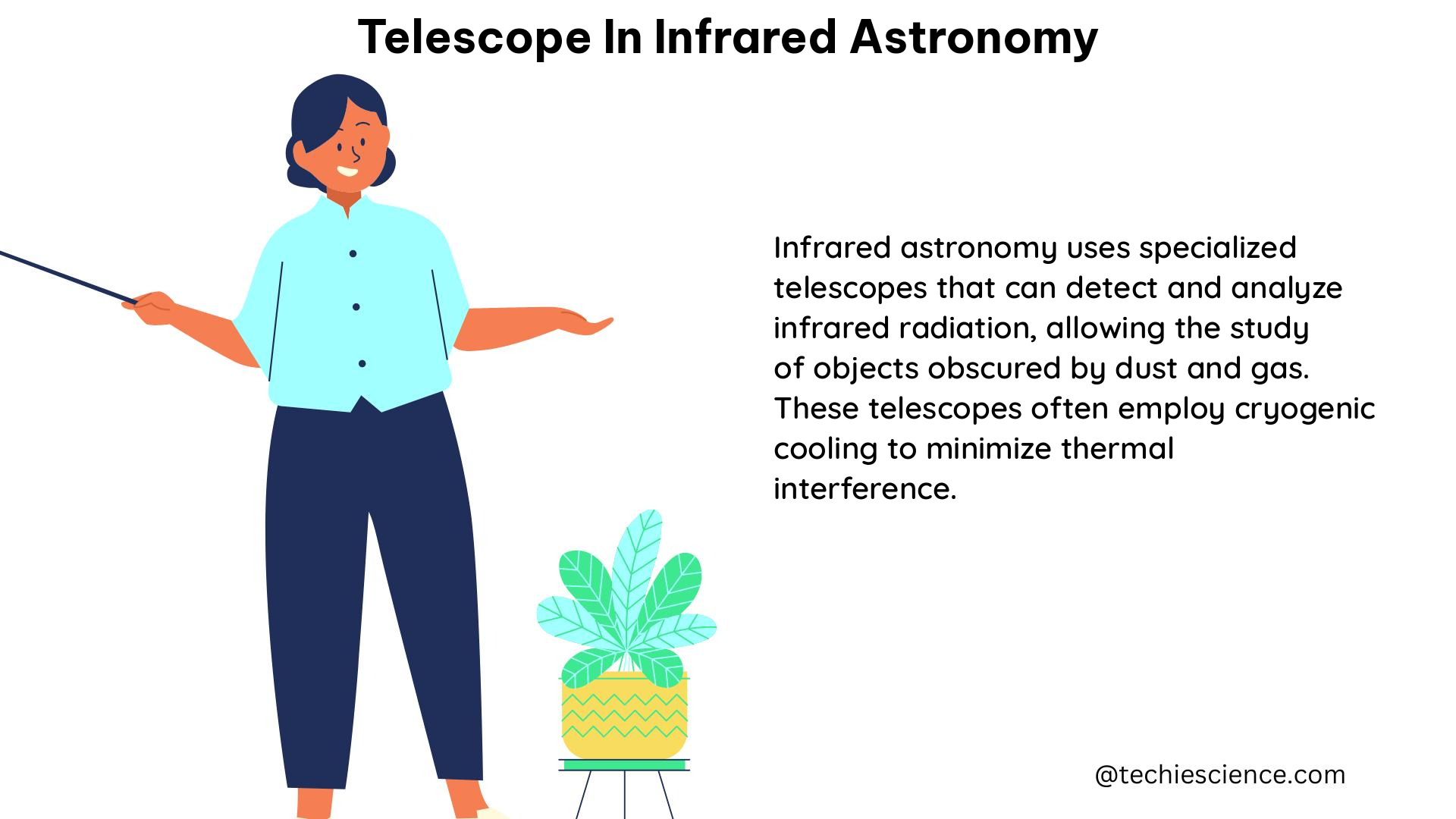The Comprehensive Guide to Telescope Eyepiece Magnifications
Telescope eyepiece magnifications are a crucial factor in determining the overall performance and viewing experience of a telescope. Understanding the relationship between the focal length of the telescope, the focal length of the eyepiece, and the resulting magnification is essential for optimizing the capabilities of your astronomical instrument. The Magnification Formula The magnification of a … Read more
